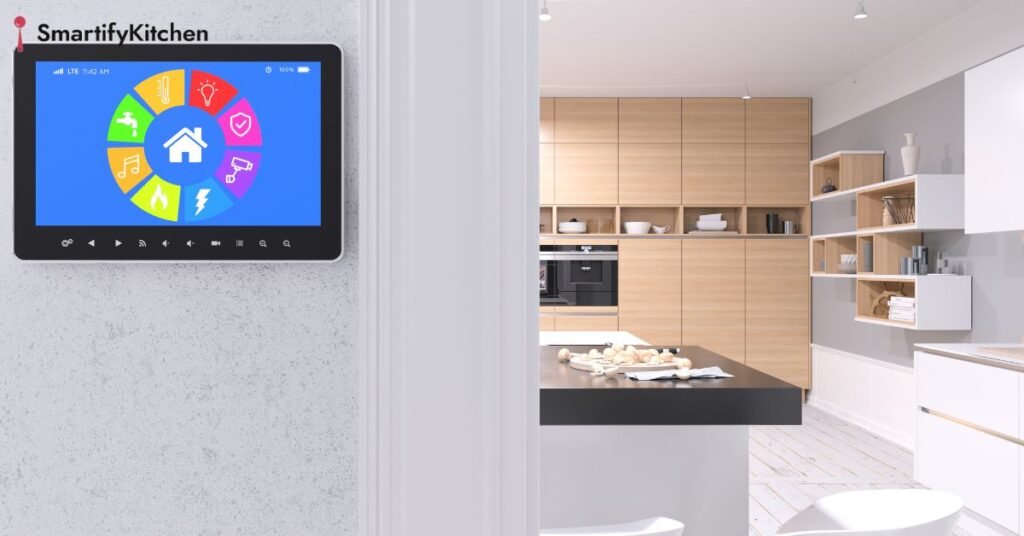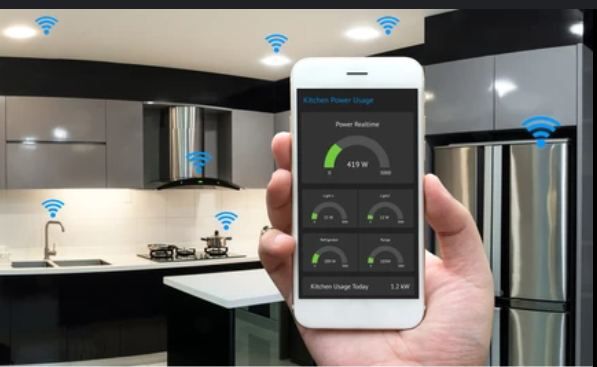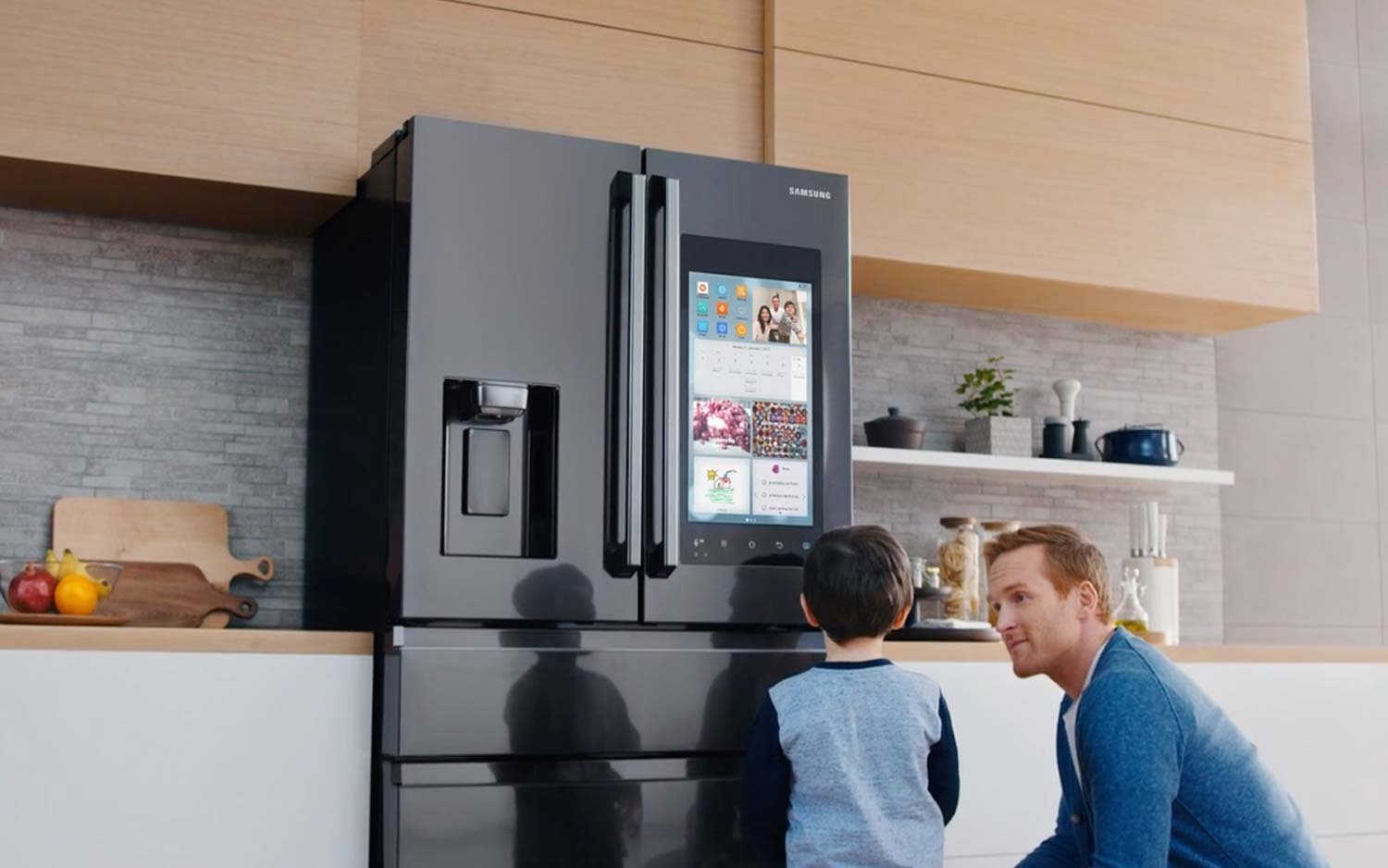How to Create a Smart Kitchen Shopping List

Creating a shopping list for your smart kitchen involves more than just jotting down items you need from the store. With the integration of technology and smart home systems, you can streamline your shopping process, ensure you never forget essentials, and even save money.
This guide will walk you through how to create an efficient and effective smart kitchen shopping list, utilizing the latest technology and strategies to enhance your shopping experience.
1. Assess Your Kitchen Needs
Let’s Explore how to Assess Your Kitchen Needs.
Evaluate Your Inventory
- Check Existing Supplies: Before creating a new shopping list, take inventory of your current kitchen supplies. This helps you identify what you already have and what you need.
- Identify Shortages: Make a note of any items that are running low or are missing from your kitchen.
Categorize Your Items
- Essential Staples: Include basic ingredients and supplies that are crucial for daily cooking.
- Specialty Items: List items needed for specific recipes or occasions.
- Non-Food Items: Don’t forget to add non-food items like cleaning supplies, paper products, or kitchen gadgets.
2. Use Smart Kitchen Apps
Let’s Explore how to use Smart Kitchen Apps.

Choose the Right App
- Shopping List Apps: Select an app designed for creating and managing shopping lists, such as Todoist, Google Keep, or AnyList. Look for features that integrate with other smart home devices.
- Smart Kitchen Integration: Opt for apps that sync with your smart kitchen devices or inventory management systems for automatic updates.
Set Up Your App
- Download and Install: Choose an app from your preferred platform and set it up on your smartphone or tablet.
- Create Categories: Organize your list into categories like Produce, Dairy, Pantry Staples, etc., for easier navigation.
- Add Items: Enter the items you need, specifying quantities and any other details.
Utilize App Features
- Voice Commands: Use voice assistants like Alexa or Google Assistant to add items to your list hands-free.
- Barcode Scanning: Some apps allow you to scan barcodes to quickly add items to your list.
- Recipe Integration: Apps with recipe integration can suggest items based on your saved recipes and automatically add them to your list.
3. Integrate Smart Kitchen Devices
Let’s explore how to integrate and use smart kitchen devices.

Smart Fridge and Pantry Management
- Inventory Tracking: Smart refrigerators with inventory tracking can notify you when items are running low or nearing their expiration date.
- Automated Restocking: Some smart fridges can suggest items to add to your list based on current inventory levels.
Smart Appliances and Sensors
- Usage Monitoring: Smart appliances that track ingredient usage can help you identify which items you frequently use and need to replenish.
- Integration with Apps: Ensure your smart devices are compatible with your shopping list app for seamless updates.
Example Devices
- Samsung Family Hub Fridge: Offers inventory tracking and recipe suggestions, integrating with your shopping list app.
- Amazon Dash Wand: Allows you to scan items or use voice commands to add products directly to your shopping list.
4. Optimize Your Shopping List for Efficiency
Let’s Review some tips on Optimizing Your Shopping List for Efficiency.
Prioritize Items
- High Priority: Place essential and frequently used items at the top of your list.
- Low Priority: Less urgent or occasional items can be listed towards the bottom.
Use Automation
- Recurring Items: Set up recurring items in your app for staples that you purchase regularly, such as milk or bread.
- Automatic Reminders: Enable notifications to remind you to check your list or make updates before you head to the store.
Share and Collaborate
- Shared Lists: Share your shopping list with family members or housemates so everyone can add or remove items as needed.
- Collaborative Editing: Use apps that allow multiple users to edit the list in real-time for better coordination.
5. Plan Your Shopping Trips
Let’s discuss some tips on how to Plan Your Shopping Trips.

Optimize Store Visits
- Store Layout: Organize your list based on the layout of your preferred grocery store to make shopping more efficient.
- Store Preferences: If you shop at multiple stores, categorize items by store to avoid making extra trips.
Use Smart Features
- Price Comparisons: Some apps offer price comparisons or promotions, helping you find the best deals on the items you need.
- In-Store Navigation: Use apps with in-store navigation features to quickly locate items within the store.
6. Consider Dietary and Lifestyle Needs
Let’s Explore some Tips on how to consider Dietary and Lifestyle Needs.
Special Diets
- Allergies and Preferences: Adjust your list to accommodate any dietary restrictions, allergies, or preferences.
- Nutritional Information: Some smart shopping apps provide nutritional information and can suggest healthier alternatives.
Meal Planning
- Weekly Menus: Plan your meals for the week and add ingredients to your list based on your meal plan.
- Recipe Suggestions: Use apps that suggest recipes based on the items in your pantry and automatically add missing ingredients to your list.
7. Review and Adjust
Lastly, Let’s Explore some tips on how to Review and Adjust the Shopping List.

Regular Updates
- Periodic Reviews: Regularly review and update your shopping list to reflect any changes in your inventory or dietary needs.
- Feedback and Adjustments: Adjust your list based on feedback from family members or changes in your cooking habits.
Track Spending
- Budget Tracking: Some apps offer budget tracking features to help you manage your grocery expenses and stick to your budget.
- Expense Reports: Review your spending patterns and adjust your shopping list or habits to save money.
8. Future Trends and Innovations
Let’s review some tips on how to stay updated on future trends and innovations.
Advanced AI Integration
- Predictive Shopping: Future smart kitchen apps may use AI to predict your needs based on past purchases and suggest items before you run out.
- Automated Ordering: Integration with online grocery services could automate ordering and delivery, saving you time and effort.
Enhanced Connectivity
- Seamless Integration: Expect more seamless integration between smart kitchen devices, shopping apps, and grocery stores for a more connected shopping experience.
- Voice Assistant Upgrades: Improved voice assistant capabilities may offer more advanced features for managing and organizing your shopping list.
Read More: Top Smart Kitchen Gadgets for 2024
Conclusion – How to Create a Smart Kitchen Shopping List
Creating a smart kitchen shopping list involves leveraging technology to streamline your grocery shopping process.
By utilizing smart apps, integrating with kitchen devices, and optimizing your list for efficiency, you can ensure that you always have the essentials on hand and make your shopping trips more manageable.
Embrace the technology available to enhance your shopping experience, save time, and make your kitchen management more effective. With a well-organized and tech-savvy approach, you can enjoy a smoother and more efficient shopping routine.






